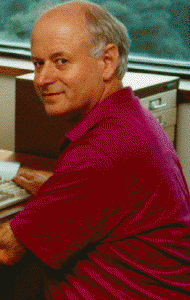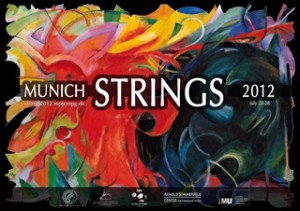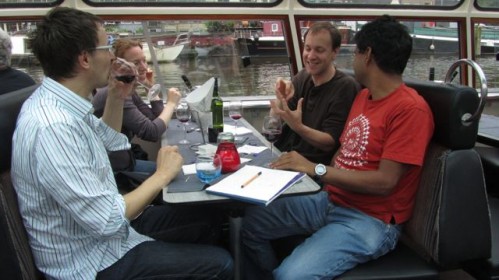 You might recall that last year I gave a talk at TED Youth, in their second year of short TED talks aimed at younger audiences. You’ll recall (see e.g. here and here) I made a special set of slides for it, composed from hundreds of my drawings to make it all in graphic novel style, and somehow trying to do (in 7 minutes!!) what the TED people wanted.
You might recall that last year I gave a talk at TED Youth, in their second year of short TED talks aimed at younger audiences. You’ll recall (see e.g. here and here) I made a special set of slides for it, composed from hundreds of my drawings to make it all in graphic novel style, and somehow trying to do (in 7 minutes!!) what the TED people wanted.
They wanted an explanation of string theory, but when I learned that 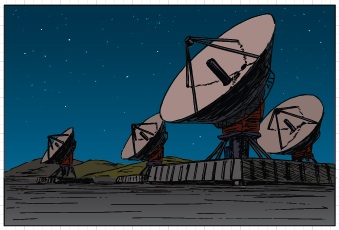 I was the only person in the event talking about physics, I kind of insisted that (in a year when we’d discovered the Higgs boson especially!) I talk more broadly about the broader quest to understand what the world is made of, leaving a brief mention of string
I was the only person in the event talking about physics, I kind of insisted that (in a year when we’d discovered the Higgs boson especially!) I talk more broadly about the broader quest to understand what the world is made of, leaving a brief mention of string  theory at the end as one of the possible next steps being worked on. Well, they’ve now edited it all together and made it into one of the lessons on the TED Ed site, and so you can look at it. Show it to friends, young and old, and remember that it is ok if you don’t get everything that is said… it is meant to invite you to find out more on your own. Also, as you see fit, use the pause button, scroll back, etc… to get the most out of the narrative.
theory at the end as one of the possible next steps being worked on. Well, they’ve now edited it all together and made it into one of the lessons on the TED Ed site, and so you can look at it. Show it to friends, young and old, and remember that it is ok if you don’t get everything that is said… it is meant to invite you to find out more on your own. Also, as you see fit, use the pause button, scroll back, etc… to get the most out of the narrative.
I’m reasonably pleased with the outcome, except for one thing. WHY am I rocking […] Click to continue reading this post →
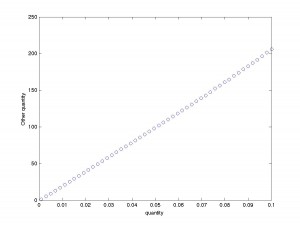 How is the line coming along? It is very kind of you to ask (if indeed you were). Well, there it is to the left. (See the previous post for background.) In the end, I abandoned Maple since it was taking way too long to do each point, and just for the simple example. (When I tried to do one sample point of the complicated example it took 24 hours and I stopped it before it was done!) The point is that Maple does not easily […] Click to continue reading this post
How is the line coming along? It is very kind of you to ask (if indeed you were). Well, there it is to the left. (See the previous post for background.) In the end, I abandoned Maple since it was taking way too long to do each point, and just for the simple example. (When I tried to do one sample point of the complicated example it took 24 hours and I stopped it before it was done!) The point is that Maple does not easily […] Click to continue reading this post 
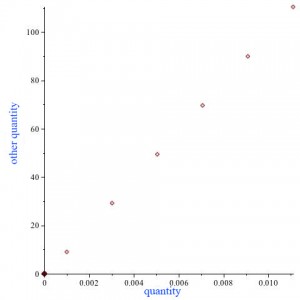



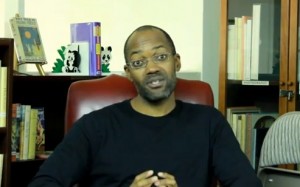


 The next Southern California Strings Seminar is on Thursday 13th December! I’ve now made the website for this one and it is
The next Southern California Strings Seminar is on Thursday 13th December! I’ve now made the website for this one and it is 
